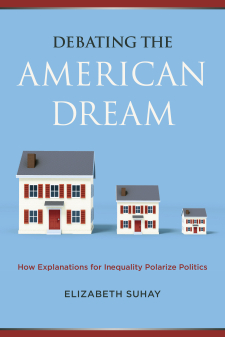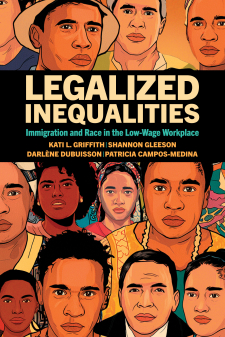The Effects of Pre-K Access and Quality on Social Inequality
New evidence shows that children display substantial class-based gaps in both cognitive and non-cognitive skills by the time they enter kindergarten. Can expanded or universal pre-K mediate those gaps? State-funded pre-K doubled the percentage of 4-year olds served in the decade between 2001 and 2011, from 14% to 28%, but those numbers mask great variation across states. While ten states have no publicly funded pre-K programs, others primarily serve low-income students. Still others, like Oklahoma, have implemented nearly universal pre-K. Evidence suggests some pre-K programs have both short and long-term effects, but these results are largely based on evaluations of small, focused programs, or assessments that are limited in the outcomes of interest or geographic scope. There still exist uncertainties about the effects of large-scale pre-K programs and how program effects might be differentially distributed across various groups. Little is known about the effects of pre-K on children from middle-class families, and whether pre-K programs have spillover benefits for students other than those who attend such programs.
To examine these issues, economists Timothy Bartik and Brad Hershbein will launch a national-level study to explore the extent to which later student outcomes depend on the availability and quality of public pre-K programs. They will also examine variations in the effects of pre-K by income group and race.





